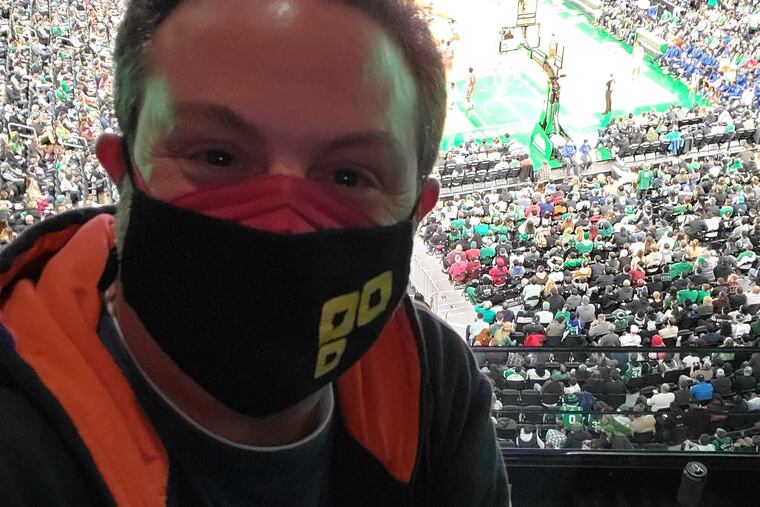I lived on top of a sports stadium. It was fantastic.
The 76ers' plan to build a stadium downtown sounds like the hub where I lived in Boston. The energy was amazing, and less disruptive than you might think. (I could even do errands during games.)

The 76ers' plan to build a stadium downtown sounds like the hub where I lived in Boston. The energy was amazing, and less disruptive than you might think. (I could even do errands during games.)
